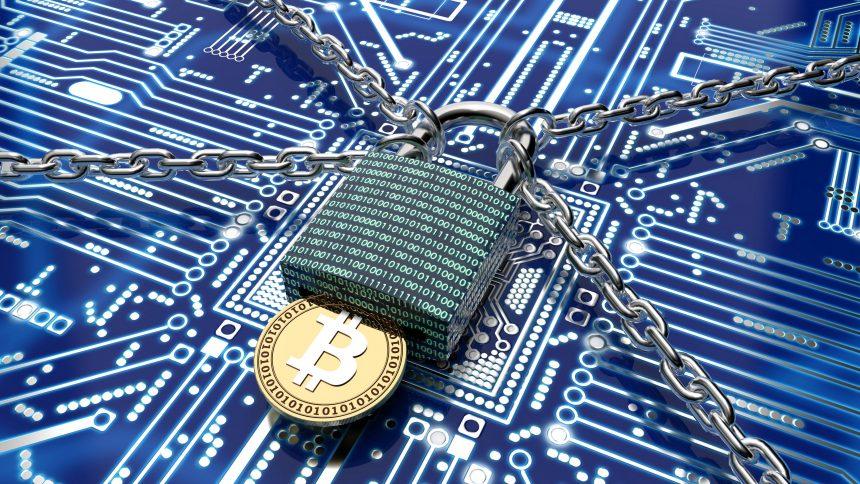The .Water ransomware has emerged as a ruthless member of the Phobos Ransomware family, striking fear into users by encrypting their valuable files and demanding a ransom for decryption. This article delves into the actions and consequences of the .Water ransomware, shedding light on its malicious behavior. A comprehensive removal guide is provided to assist victims in eliminating this threat, along with insights into best practices for preventing future infections.
Actions and Consequences
The .Water ransomware operates as a file-encrypting malware, infiltrating users’ systems covertly and encrypting files deemed valuable. Once inside, it meticulously scans the hard drive, creating a list of files to encrypt. Subsequently, the malware employs a robust encryption algorithm to lock these files, rendering them inaccessible to users.
After completing the encryption process, .Water displays a ransom note, typically named “info.txt,” conveying instructions to the victim. The ransom note asserts that the only way to recover the encrypted data is through the attackers’ proprietary decryption software, which they offer in exchange for a ransom payment.
Excerpt from the Ransom Note (“info.txt”):
YOUR DATA IS ENCRYPTED!
Unlocking your data is possible only with our software.
...
Write us to the e-mail: aquaman@rambler.ua
...
If you have not contacted within 2 days from the moment of the incident, we will consider the transaction not completed. Your data will be sent to all interested parties. This is your responsibility.It is crucial for victims to refrain from attempting to decrypt the files themselves or engaging with third-party decryption services, as this may result in permanent data loss or falling victim to scams.
.Water Ransomware File Encryption: The .Water ransomware employs a malicious file encryption process, converting targeted user files into unreadable data. This encryption renders files such as documents, images, and videos inaccessible, holding them hostage until the ransom is paid. The encrypted files typically receive a new extension, such as “.water.”
Preventing Future Infections
Preventing future ransomware infections requires a proactive approach and adherence to best practices. Some key preventive measures include:
- Regular Backups: Maintain regular backups of essential files on external and secure storage devices to ensure data recovery in the event of an infection.
- Exercise Caution: Be cautious while interacting with emails, attachments, or links, especially from unknown or suspicious sources. Avoid downloading files from untrustworthy websites.
- Update Security Software: Keep your security software, including antivirus and antimalware programs, up to date to detect and prevent potential threats.
- Security Awareness: Stay informed about common ransomware tactics and scams. Educate yourself and others to recognize and avoid potential threats.
Removal Guide for .Water Ransomware
Follow these comprehensive steps to remove the .Water ransomware from your system:
- Isolate Infected Devices: Disconnect the infected device from the network to prevent the spread of the ransomware to other connected devices.
- Identify Malicious Processes: Use Task Manager or Activity Monitor to identify and terminate any suspicious processes associated with .Water.
- Remove Malicious Files: Locate and delete all files related to .Water, including the ransom note and executable files.
- Restore from Backups: If available, restore your files from secure backups created before the infection.
- Implement Security Software: Use reputable antivirus or antimalware software to perform a full system scan and ensure the complete removal of .Water.
Conclusion
The .Water ransomware poses a severe threat to users’ data security, utilizing advanced encryption techniques for extortion. By understanding its actions, consequences, and following the provided removal guide, users can take decisive steps to mitigate the impact of this ransomware. Adopting preventive measures is essential to fortify defenses against future infections, fostering a safer and more secure digital environment.





